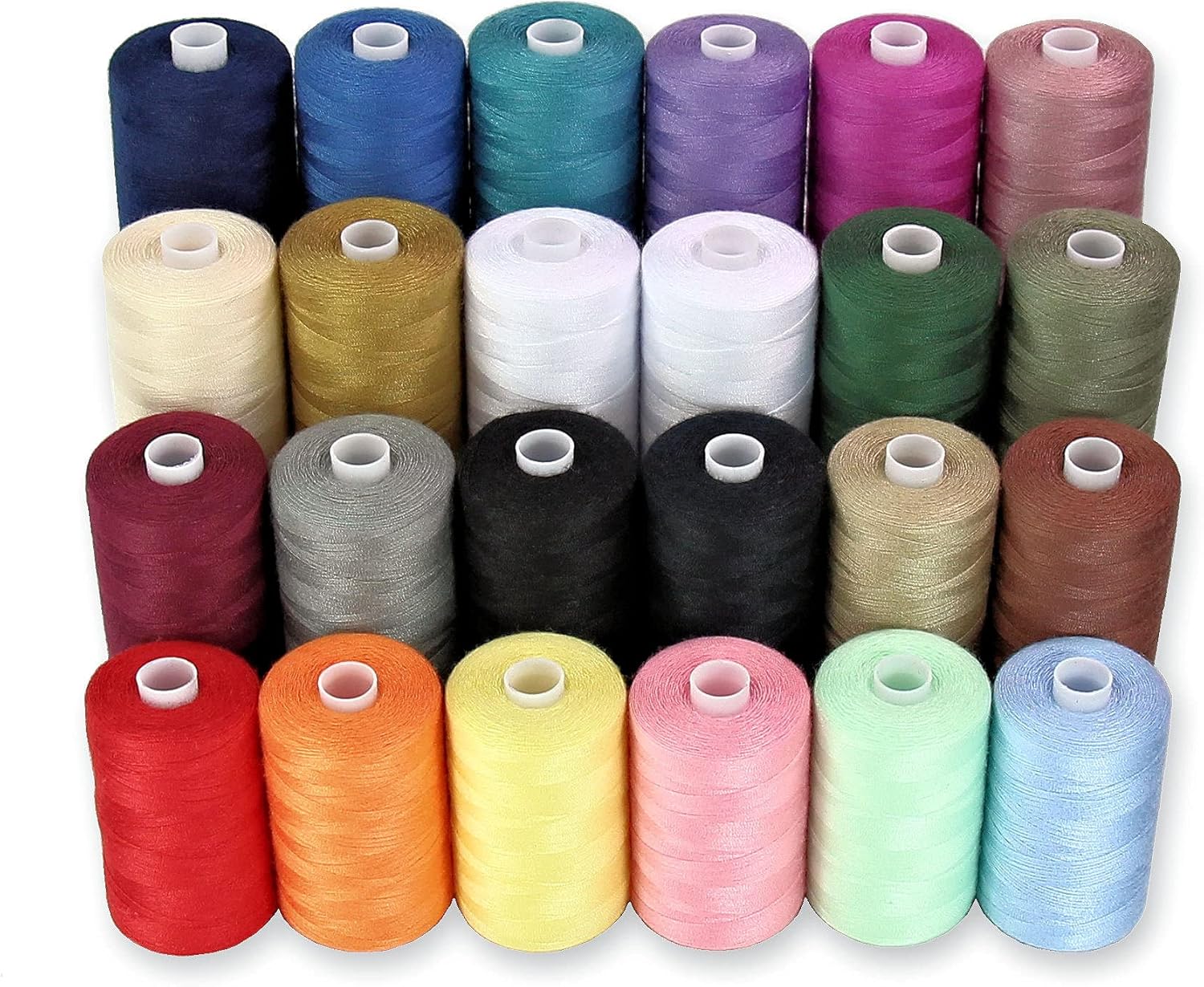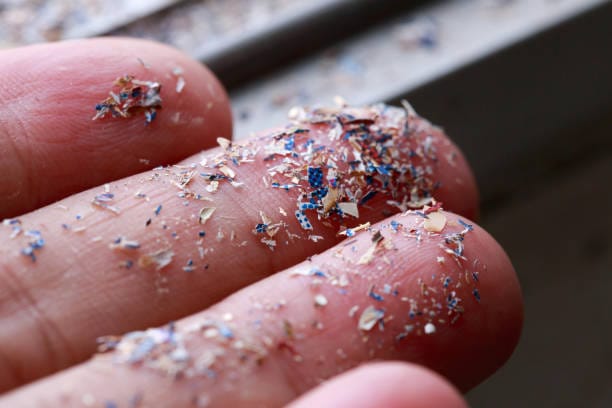The destination for plastic-free fashion.
Explore slow fashion brands using all natural materials.
Natural Materials
Items are made entirely from natural materials, including the thread, so they can return safely to the earth and reduce microplastic pollution.
Ethical Production
Fair labor practices, safe working conditions, and transparent supply chains, ensuring that workers are treated with respect and dignity.
Conscious Consumerism
Small inventories of timeless classics and every-day basics designed and constructed to last, minimizing over-production and waste.
Only 1% of clothing is made from fully natural materials.
The truth is, textile labels focus on the fiber content of the fabric itself. Companies are not required to list the other materials used in garment construction, often referred to as “notions”, most of which are plastic-based and still shed micro and nano plastics.
Thread
A long, thin fiber that holds fabric pieces together, forming seams and creating the overall shape and structure of a garment. Most textiles utilize polyester thread.

Interfacing
A layer applied to the inside of garments to add structure and support to certain areas like collars, cuffs, and waistbands. Most interfacing is made from polyester.

Zippers
Devises used to open or close various parts of clothing or other articles. They are the primary fastener in garment construction, and usually made from plastic.

Buttons
Small fasteners used to secure the closure of a garment by passing through a buttonhole or loop. Most buttons are made from plastic, specifically unsaturated polyester resin.



What's wrong with plastic in clothes?
With regular wear and washing, plastic is clothing degrades, releasing smaller fragments—known as microplastics and nanoplastics (MNPs)—into the air and water systems. In fact, over the course of a year, a single synthetic t-shirt can shed more than 500 million microplastic particles.
MNPs pose serious environmental risks, disrupting ecosystems and contaminating soil. They also pollute the human body, entering through ingestion, inhalation, and even skin absorption, and have now been detected in nearly every organ.
Studies show that the average person ingests about a credit card’s worth of plastic every week. The average brain contains roughly seven grams of plastic—about the same as a disposable spoon—which is about 50% more than just eight years ago.
These particles have been linked to a growing list of health issues, including heart attacks, strokes, blood clots, neurological damage, dementia, Type 2 diabetes, and negative effects on male reproductive health.
Today, we produce 400 million tons of plastic each year. Without action, the global burden of MNPs is expected to double by 2040.
It’s time to act. Let’s commit to supporting plastic-free textiles and protecting both our planet and our health.

